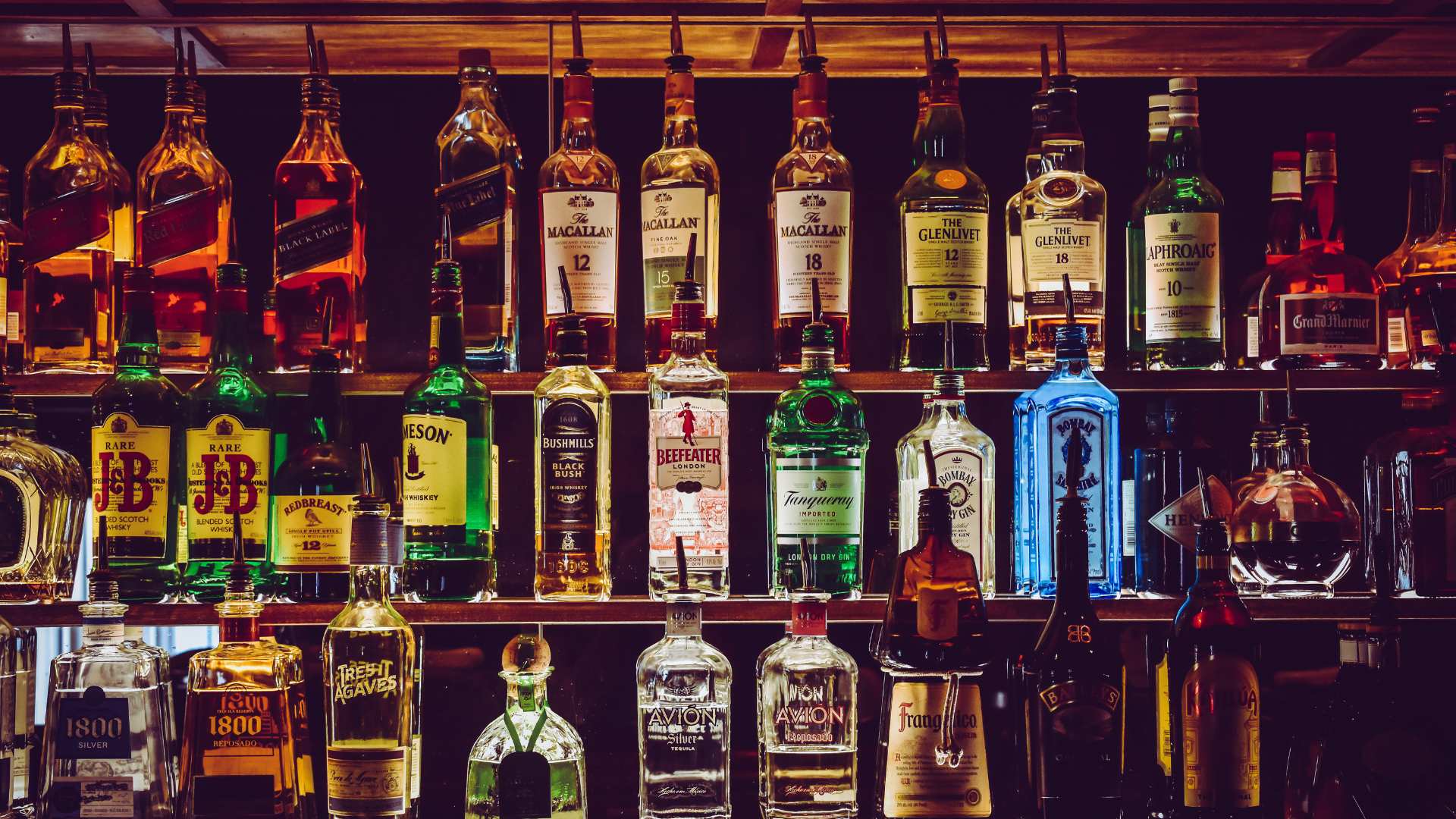
Whisky expert reveals five mistakes everyone makes when packing alcohol for a flight
The consequences of travelling with alcohol can be swift and severe if not taken seriously. Here are five common ones…

Travelling these days is no walk in the park; with so many regulations on what travellers can or can’t bring, a lot of research needs to be done before departure. Alcohol is one of the most regulated products in the world, so it comes as no surprise that travelling with alcohol has its complications.
Where you go and how you store your alcohol for air travel will determine how much you can bring or if you can bring it at all. Looking for the answers to alcohol questions can be so confusing that people make mistakes.
Daniel Ufland, a whisky expert and founder of The Whisky Masters, reminds us to always take the time to be sure.
“The time spent looking up specific rules and regulations of your airline and destination pale in comparison to the time spent at customs should you be in violation of any local laws.” Daniel says.
Here are five of the most common mistakes people make when travelling with alcohol and how you can avoid them to make the most of your trip and your alcohol.
1. Not researching country-specific laws and regulations
A lot of people assume that they can pack and transport alcohol to any destination. But as Daniel explains, each country has its own restrictions and regulations on the import and consumption of alcohol.
“Without proper research, individuals risk facing heavy fines or even legal consequences for violating these laws. What may be perfectly legal and acceptable in one country may be completely prohibited in another.”
To avoid issues, verify your plans with official alcohol regulation websites of the country you’re travelling to.
2. Overpacking alcohol
There are strict regulations on the amount that can be brought onto a flight, and exceeding these limits can lead to potential problems with airport security. Travellers tend to overestimate how much they will consume on their trip and end up packing too much.
This adds extra weight and can cause problems with customs if the amount exceeds the limits the host country allows.
Daniel advises, “If you’re unsure about the amount of alcohol you can bring, it’s best to leave it at home and purchase it at your destination instead.
3. Not properly securing the bottles
Unsecure bottles can be a major safety hazard, resulting in damage to the bottles and potential spillage.
Daniel warns, “The pressure and temperature changes on the plane can cause the bottles to leak or even break, which can create a mess and ruin other items in your luggage.”
Broken glass from a shattered bottle can potentially harm airport staff who handle the bags. Daniel recommends,
“Always wrap your bottles in bubble wrap and stow them in the middle of your suitcase; this provides added cushioning against the rigours of air travel.”
4. Packing alcohol in carry-on luggage
Packing alcohol in carry-on luggage may seem convenient and easy for travellers, but it’s actually a common mistake.
“According to the Civil Aviation Authority (CAA) and Department for Transport (DfT), all liquids over 100ml, including alcohol, must be packed in checked luggage,” explains Daniel. “This is to comply with safety regulations and avoid confiscation at security checkpoints.”
Alcohol is flammable and can pose a safety hazard on a flight, which is why it’s vital to follow the guidelines and properly pack drinks in checked baggage.
5. Not declaring alcohol purchases
This mistake occurs because people may not be aware of the regulations surrounding how much alcohol can be brought on a flight or simply forget to declare their purchases.
Daniel warns, “Failing to declare alcohol purchases can result in fines or potential confiscation of the items. This can ruin the start or end of a trip and cause delays or other complications for the traveller.”
The proper way to pack drinks for a flight is to first research the country’s laws and regulations on how much alcohol can be carried in checked and carry-on luggage. This information can usually be found on the airline’s website or by contacting the airport.